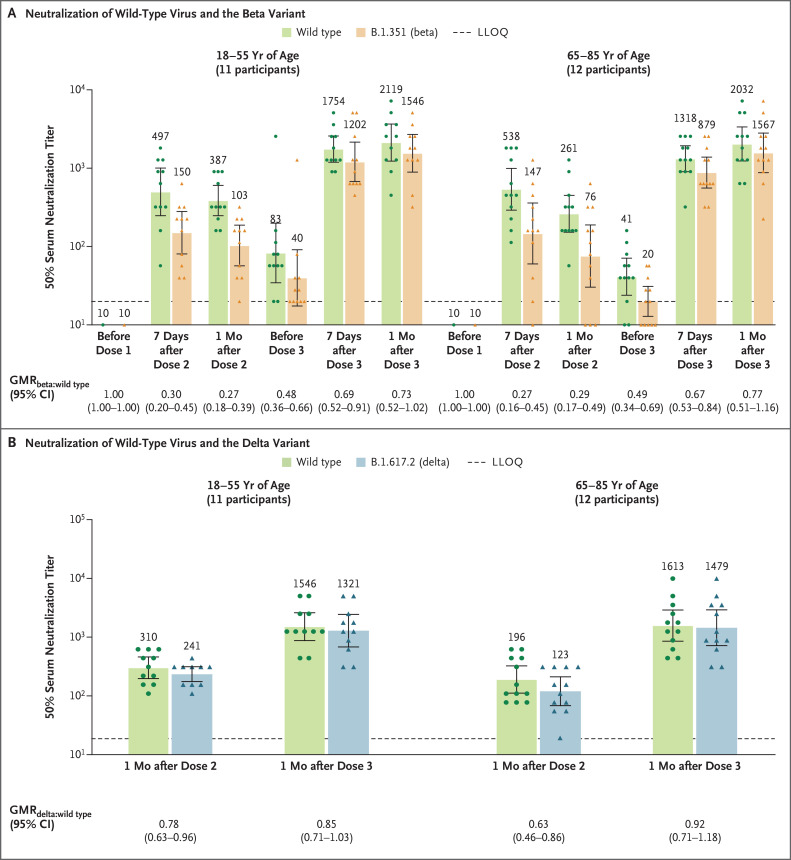Figure 1. Neutralizing Responses after Two and Three Doses of BNT162b2.
The 50% neutralization titers against a wild-type target strain (USA-WA1/2020) and against B.1.351 (beta) lineage and B.1.617.2 (delta) lineage target strains are shown for both age groups. Geometric mean titers from severe acute respiratory syndrome coronavirus 2 (SARS-CoV-2) plaque-reduction neutralization testing are shown for serum specimens obtained at the time points shown on the x axes from participants in the dose 3 immunogenicity population (11 participants in the 18-to-55-year age group and 12 participants in the 65-to-85-year age group). 𝙸 bars indicate 95% confidence intervals. Neutralization titers against wild-type virus were determined twice (once together with titers against each variant), and each titer against wild-type virus is reported separately with the corresponding variant titer. Differences among the determinations of the neutralization titer against wild-type virus represent experimental variation on repeat testing. Values above the error bars are geometric mean titers. Data points shown on the bar graph represent individual 50% neutralization titers. Individual titers for all participants are shown for all time points except for before dose 1, when all values were below the lower limit of quantitation (LLOQ) of 20; results below the LLOQ were set to 0.5 times the LLOQ. Geometric mean ratios (GMRs) of the titers against the variants and wild-type virus are shown below the graph. In Panel A, the geometric mean fold rises (GMFRs) in titers against the wild-type strain from before dose 3 to 1 month after dose 3 were 25.7 (95% confidence interval [CI], 12.4 to 53.3) for younger adults and 49.4 (95% CI, 29.2 to 83.3) for older adults. The corresponding GMFRs against the beta variant were 38.7 (95% CI, 19.8 to 75.5) and 78.3 (95% CI, 40.7 to 150.6), respectively.

